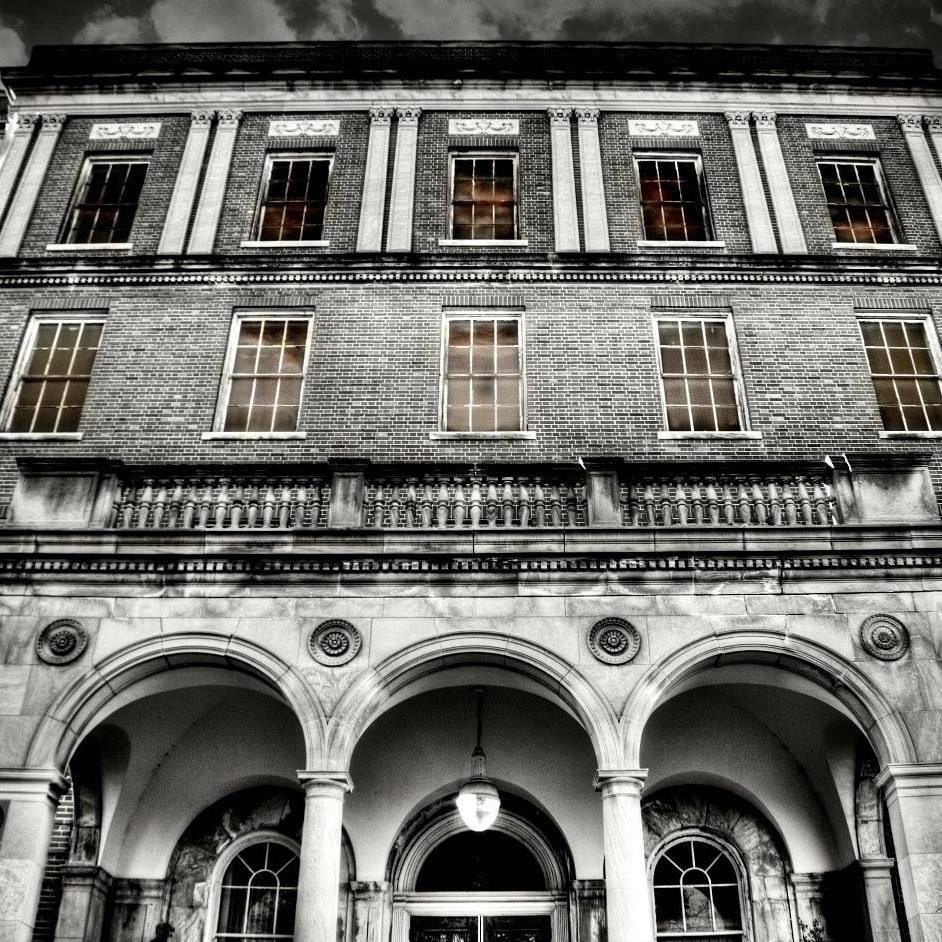
MCR Depot Two – [Built 1911] – [ Razed 1931 ]
The picture below is a view of the Michigan Central Railway depot, constructed in 1886, as it existed in 1895.


The establishment of an MCR Depot at Eloise
27 years before the County Poor Farm was moved from Detroit to Nankin Township, there was not a road in the territory of Michigan which a horse and cart could be driven. There were however many Indian trials that radiated from the Detroit River. There were two well defined trails that ran cut through Nankin Township in the vicinity of the then present County Farm. One of these two trials became known as Chicago Road, and now is of course more well known as Michigan Avenue.
In 1830 the Detroit-Ypsilanti Stagecoach service was established, and it was considered at the time rapid transit to make the single trip in two days; from a stage in Detroit, one Squire Hodgkinson made a trip in October 1837, leaving in the morning and arriving at the Black Horse Tavern at midnight. However his arrival was at the tavern was met with many carousing workers who were building the Central Railroad and he found little accommodation.
On February 2, 1838, the Central Railroad made the first trip to Ypsilanti. Those were the days of strap rail, short bus-body coaches, and high smoke-stack locomotives. One year later, Squire Brown opened the Log Tavern as a poorhouse and began doing business with the Michigan Central. From that time on, the Central found the County House a good customer.
The County House was opened as a flag station from the time the Institution was established, but the first depot was not built until about 1886. It was a small building east of the later station. At the same time, an arrangement was made between the Board and the Railroad that the County would furnish an inmate with board and lodging and that the company would pay him a small sum to look after the depot. Previous to the erection of the depot, passengers wishing to take a train signaled with a small flag kept at the depot.
Previous to 1885 all freight had to be hauled from the Village of Wayne; but on September 3, 1894, one of the Superintendents of the Poor, Mr. Barlum introduced a resolution to open a freight and express office at the County House. The American Express Company opened an office in the County House in September 1894; and the Michigan Central Railroad Company opened a freight and ticket office in December, 1984. The ticket office was discontinued in October of the year 1900, owing to the fact that the street railway practically captured the entire passenger business.
In December of 1895, at the request of the Board, the Michigan Central moved the sidetrack from the original location at the depot east of the grounds along the Murdock (Ruff) Road. The end of the siding was at Michigan Avenue. In December of 1899, the siding was extended to the rear of the boiler house. At the same time, the company installed a track scale and built a short spur near the sewage plant. In 1911, the tracks were relocated and a trestle was constructed so as to unload supplies directly from the freight cars into the store and bakery.
After the Michigan Central Railway service became well established in Ann Arbor, the stage line was discontinued from Detroit to that point. The line gradually dropped off eastern towns as the railroad inched westward. In 1852, the railroad was extended to Chicago; and the stage coach line was discontinued. Other subsidiary stage lines, continued, the last being abandoned in 1873.
In 1929 the last passenger can ran through Eloise on the Detroit-Jackson-Chicago line due to heavy inroad made by motor trucks, buses and jitneys. The freight cars ran on for sometime afterwards; but they too were finally discontinued.
[ This information presented in part from “A History of the Wayne County Infirmary, Psychiatric, and General Hospital Complex at Eloise, Michigan” by Alvin C. Clark; pages 91 and 92. ]
